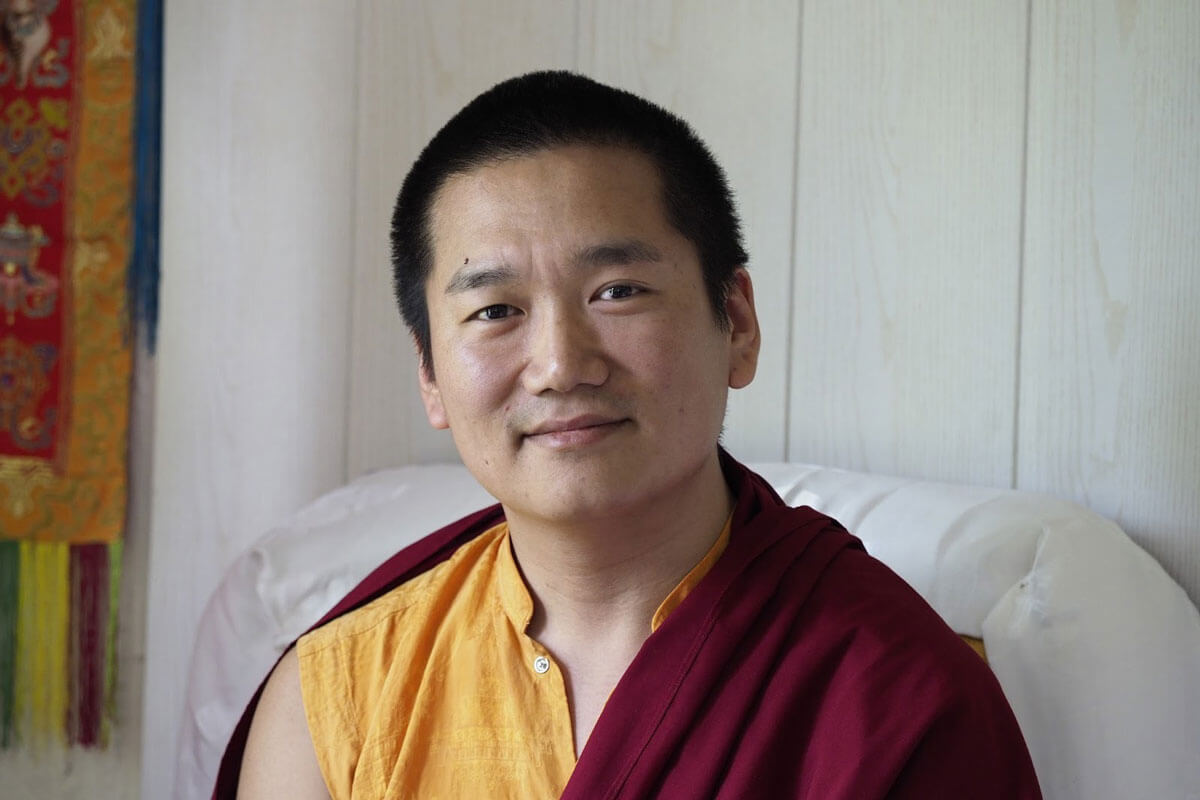Rocket Science: Sentient Beings, Be Prepared to Crash
It is on the evening of our second day. Rinpoché starts his talk telling us about mindfulness and how it is basically the ultimate challenge not to be swept away in discursive thought and by feelings, but to ride the wave. In the course of the day he has had conversations with many of us and some seem to have voiced their doubts on being able to deal with aspects of the practice or the multitude of practices or with practicing with so many people, or on a more fundamental level, they would have expressed anger at themselves for not being more able to engage more fully in the practice or to maintain mindfulness at a higher degree.
Rinpoché that night brings us down to earth. On a practical level, he assures us nobody here is actually easy with all of the recitations and other aspects of the practice, even if it looks like that to some. He reminds us we might have spent countless lifetimes in samsara and might have met the dharma only in this life. Where do we think we should need to be after 5, 10 or 20 years of practice? We are still sentient beings and not great bodhisattvas. Still we give ourselves a hard time for not being closer to our ideals.
Can you smell the arrogance in this? – he asks us. He tells us about flying by plane and going by car, with taking a plane actually being statistically even safer than going by car. He compares it to rocket starts and how they go wrong relatively often. How come?
Of course it is quite obvious. There is so much more experience already collected in plane aviation. People have worked on making flying a plane safer for more than a century. Rocket science, on the other hand, is a much later development, it is still pioneer work. That’s like us: Why don’t we just admit we are only beginner bodhisattvas and take it a bit more easy on ourselves. There is no other place of achievement where we should be at this stage. We have to work with what there is and with being what we are: sentient beings. Sentient beings that deal with their emotions and develop compassion for all the other sentient beings and how they deal with theirs.

Rinpoché also explains there is a way laid out for us, shown to us by our teachers and the great masters of the past. But we can only use this path if we are real. We can walk this path if we have our feet on the ground, not if we hover above it with an imagination of who we’d rather be. Be real – he says, And be prepared to crash.
The Lineage: Who Karmapa is, is not something that was developed in 34 years
Although we should have veneration for all teachers of the dharma, there is one teacher from whom we’ve gotten most teachings. Whatever that teacher follows, we follow, so it is important to understand the concept of lineage in the Tibetan context.

Thinking the blessing I receive from my teacher is something different from the blessing of this unbroken lineage is a mistake – Rinpoché explains. Rinpoché recommends we see Karmapa Thaye Dorje as lama. He has received all the teachings that came down from Naropa, successively down to the 14th Shamarpa, and from him to the present Karmapa.
He reminds us: Who Karmapa is, is not something that was developed in 34 years, and points out that some people grossly misunderstood the role of Karmapa in their response to the recent event of his getting married, some with maybe a Catholic view on the issue at hand. Karmapa’s body alone is not Karmapa, Rinpoché explains. Karmapa is dharmakaya too. It is not this or that. It is beyond ‚this‘ or ‚that‘.

Writing a Postcard to dharmadhatu: Long Life and Swift Rebirth Prayers
Having pointed out that Karmapa is beyond ‚this‘ or ‚that‘, Rinpoché explains about the meaning of swift rebirth prayers. To say his teacher, the late Shamar Rinpoché ‚died‘, doesn’t really work. So it is not said.
The Tibetan way of saying what happened translates into something like: He retreated into Dharmadhatu. There is an expression and then the expression is withdrawn. Rinpoché reminds us that nirmanakayaand dharmakaya are like a rainbow manifesting in space. So the student calls the retreated lama: Do not take a vacation in dharmadhatu, for your student, who is here in samsara, needs a form! It is in this vein that he explains at another incident that we have to make this shift in perception when making prayers ‚for‘ Karmapa and Shamarpa, they don’t need us, but we are asking for them to unfold their activity for the benefit of beings, so we are wishing for their swift rebirth, health and long life for us, not for them. This shift in perception also makes sense for some other gestures that we have learned as form. We offer a khata to the teacher not with: Rinpoché, this is for you, because it is not for them. It is for us that we offer, in order to create merit.

